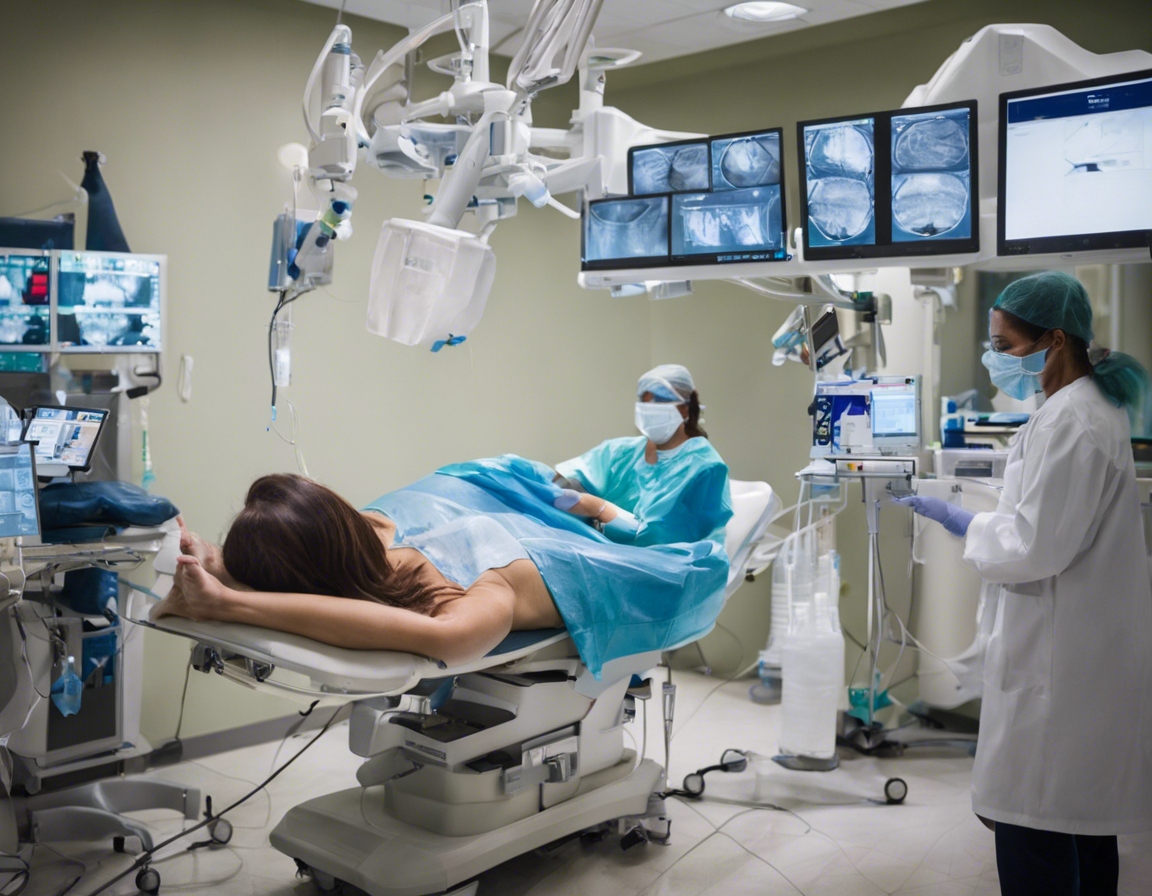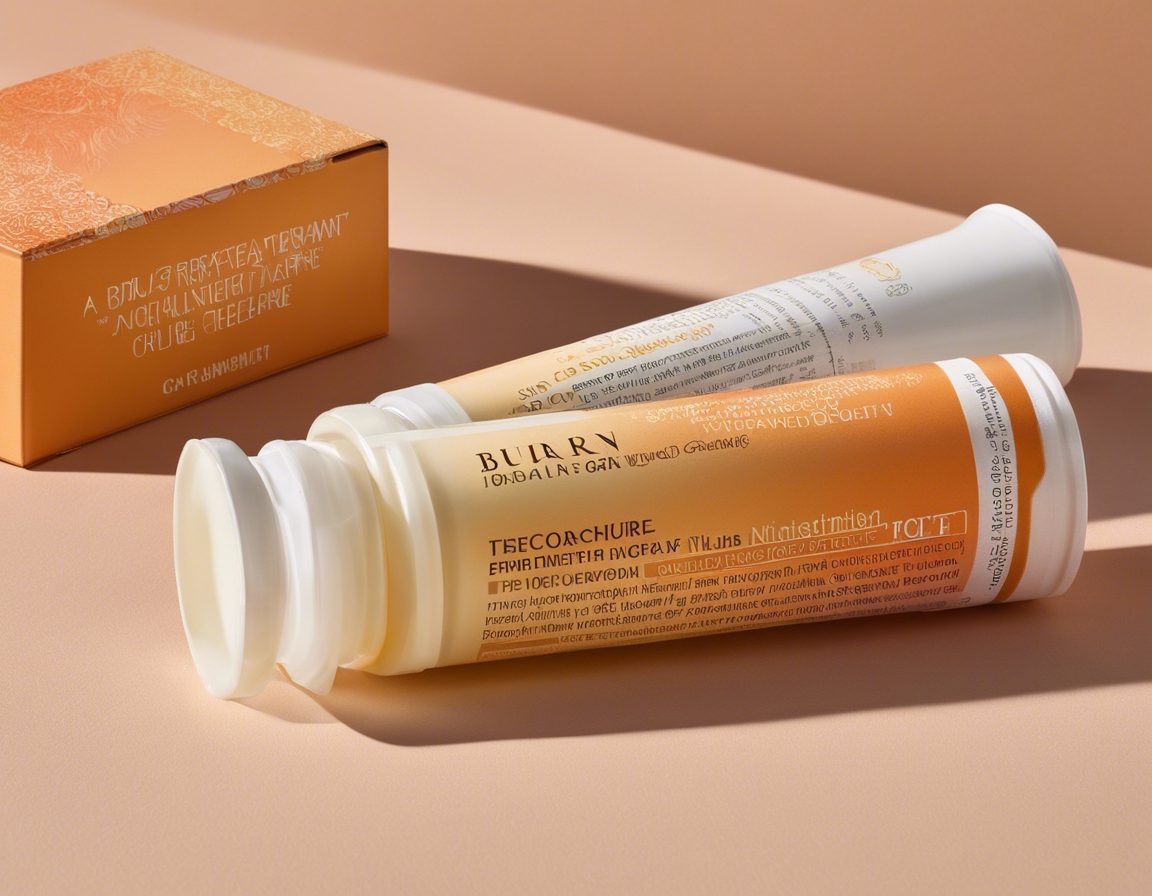Understanding varicose veins and modern treatments
Varicose veins are enlarged, twisted veins that commonly appear in the legs and feet. This condition affects a significant portion of the adult population, leading to both cosmetic concerns and potential health complications.
Varicose veins are often the result of weakened or damaged vein walls and valves. Factors such as age, genetics, obesity, pregnancy, and prolonged standing can increase the risk of developing varicose veins.
While some individuals may not experience symptoms, others may notice heaviness, aching, swelling, or skin changes in the affected limbs. In severe cases, varicose veins can lead to skin ulcers and an increased risk of blood clots.
Diagnosis of Varicose Veins
A healthcare professional will typically begin with a physical examination, assessing the visible signs of varicose veins and any related symptoms.
Ultrasound and other imaging techniques can help determine the extent of the vein dysfunction and guide treatment planning.
Conservative Treatments
Initial treatment may involve lifestyle modifications such as weight management, exercise, and elevating the legs to improve circulation.
Compression stockings are a cornerstone of conservative treatment, helping to support vein function and reduce symptoms.
Medical Procedures for Varicose Veins
This procedure involves injecting a solution into the affected veins, causing them to collapse and fade.
EVLT uses laser energy to close off varicose veins, and is minimally invasive with a quick recovery time.
RFA is similar to EVLT but uses radiofrequency energy to heat and close the veins.
In more severe cases, surgical removal or tying off of veins may be necessary.
This technique involves the removal of smaller varicose veins through tiny skin punctures.
Emerging Treatments and Technologies
New laser technologies offer greater precision and reduced recovery times for treating varicose veins.
Research is ongoing into medications that can improve vein health and treat varicose veins without surgery.
Innovations in compression therapy, including custom-fitted garments, enhance patient comfort and treatment efficacy.





Comments (0)